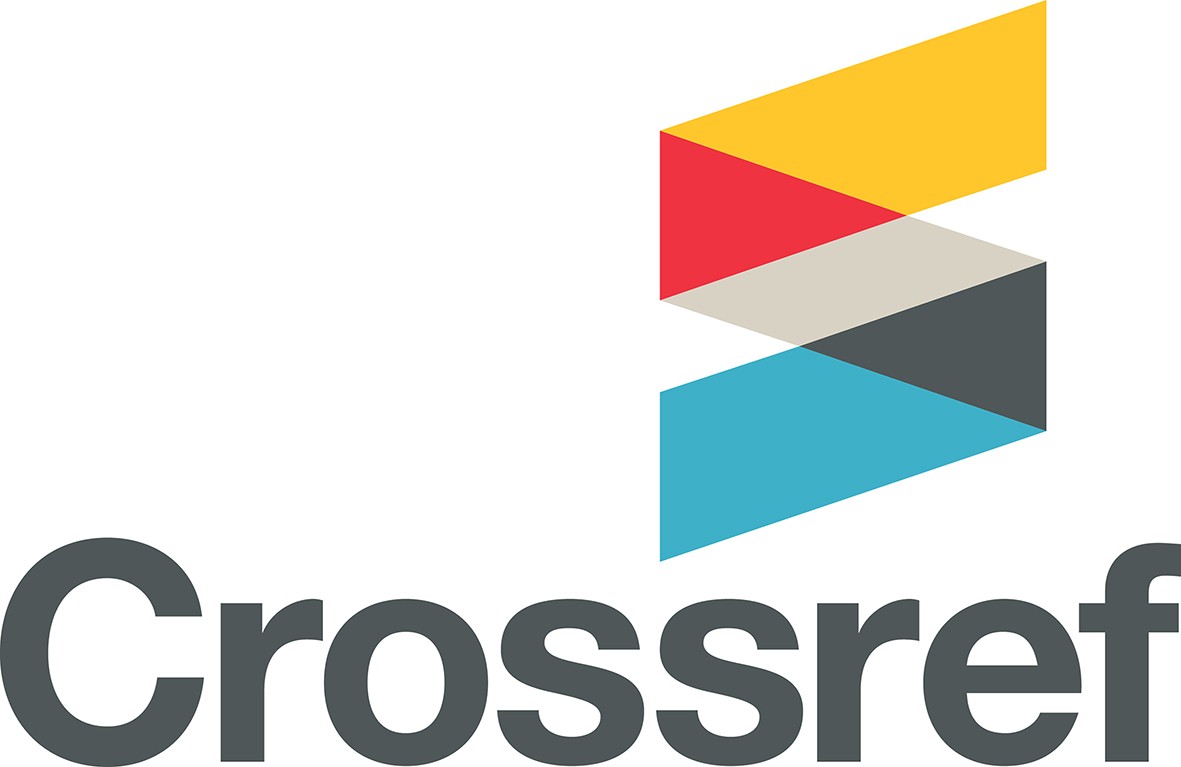Performance Analysis of 3_D DWT, 3-D DFT, 3-D DCT, 3-D DHT For Medical Image Comporession
Keywords:
medical image compression, discrete coine transform, discrete fourier transform, discrete hartley transformAbstract
Medical images have been widely in use for the diagnosis of different diseases. To deal with the huge storage requirements for these images, medical images compression has been one of the promising areas of research in last decade. This paper aims to analyze the performance of 3-D discrete wavelet transform (DWT), 3-D discrete cosine transform (DCT), 3-D discrete Hartley transform (DHT) and 3-D discrete Fourier transform (DFT) for the compression of medical images. Various MRI images and x- ray angiograms have been used for the implementation of these transforms. Medical images are divided into 8 X 8 X M block sizes, where M is the number of slices 3-D transformed output coefficients are then quantized and encoded. Proposed research work evaluates the performance of these transforms on parameters like peak signal to noise ratio (PSNR), structural similarity index matrices (SSIM), bit error rate (BER) and Compression ratio (CR) Experimentation results have shown that for MRI images Daubechies wavelets gave highest performancethan biorthogonal and Symlet wavelets: for Angiograms biorthogonalwavelets is found to be the most suitable Experimentation results also indicates that 3-D DHT yields best PSNR values for MRI images and 3-D DCT is most suitable transform for the compression of arngiographic images.








